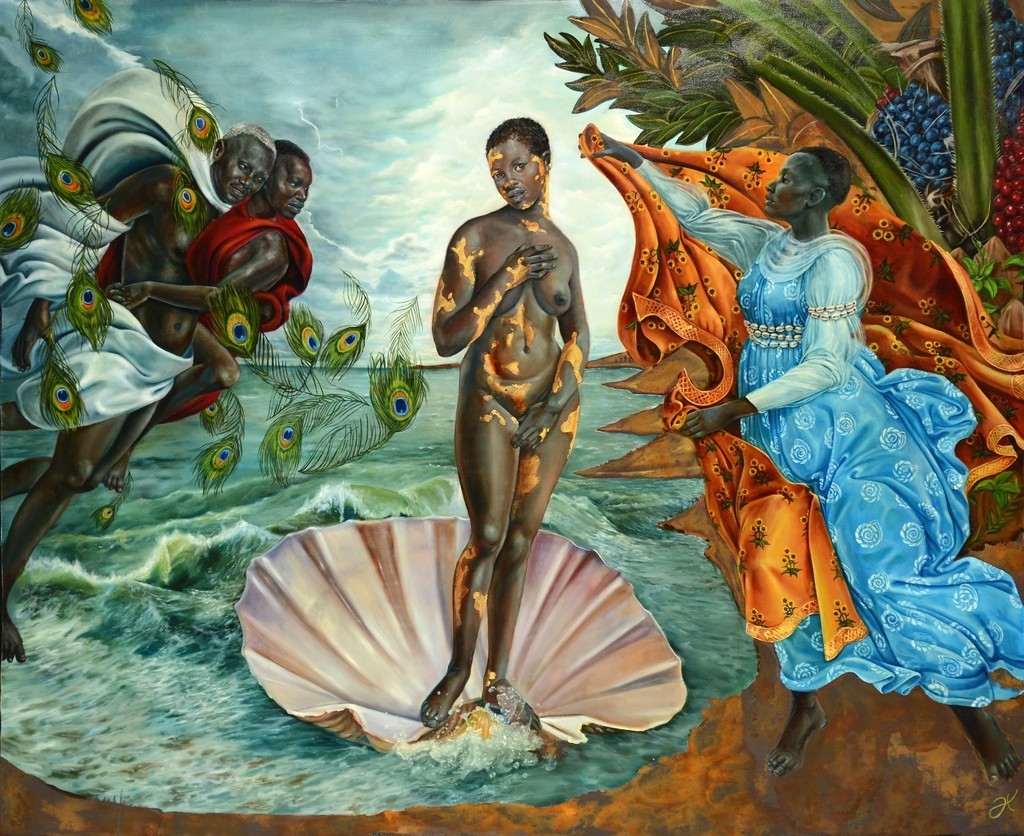ARTH 364 Renaissance Art & Architecture
- Tuesdays and Thursdays, 11:45 am-2:30 pm
- Instructor: Daniel Santiago Sáenz
The study of the fifteenth and sixteenth centuries in Western art history has often focused on the rebirth of antiquity—Greek, Roman, Egyptian, and others—in the artistic, architectural, and intellectual circles of key European cities, particularly Florence, Rome, and Venice. As a result, the Renaissance art history classroom has emphasized the works and lives of Italian artists such as Giotto, Masaccio, Michelangelo, Leonardo, and Raphael. This emphasis has led to a neglect of the artistic traditions from cultures beyond the Italian Peninsula and the contributions of artists from other places and historically marginalized groups. This course moves away from a geography-oriented survey and invites students to challenge the exclusionary logic of the Renaissance artistic canon by examining the artistic production of the 15th and 16th centuries through two interrelated practices: image-making and empire-building. Our readings, discussions, and lectures will take us to the Indigenous Americas, the Islamic world, East and South Asia, the Iberian and Italian peninsulas, Western and Eastern Africa, and the territories in the Americas impacted by European imperialism. As we examine the complex relationship between images, the built environment, and power in the places mentioned above, we will also consider issues of global trade, extractivism, colonization and evangelization, and racial and gender relations. Throughout the course, students will be encouraged to connect course material with contemporary artistic practices to understand the far-reaching legacies of this period.
This course will combine traditional lectures with a flipped classroom model. Students will be asked to engage with a variety of readings (articles and excerpts of primary sources), videos, and prompts in preparation for each session. We will then use most of our class time to work through some of the most challenging ideas and put these concepts into practice by analyzing works of art. As such, sustained attendance and participation are compulsory. Assessments will include a short visual analysis, a self-paced learning journal, and a final paper.
 Harmonia Rosales, Birth of Oshun, 2017, Oil on Belgian Linen, 55” x 67”.
Harmonia Rosales, Birth of Oshun, 2017, Oil on Belgian Linen, 55” x 67”.

